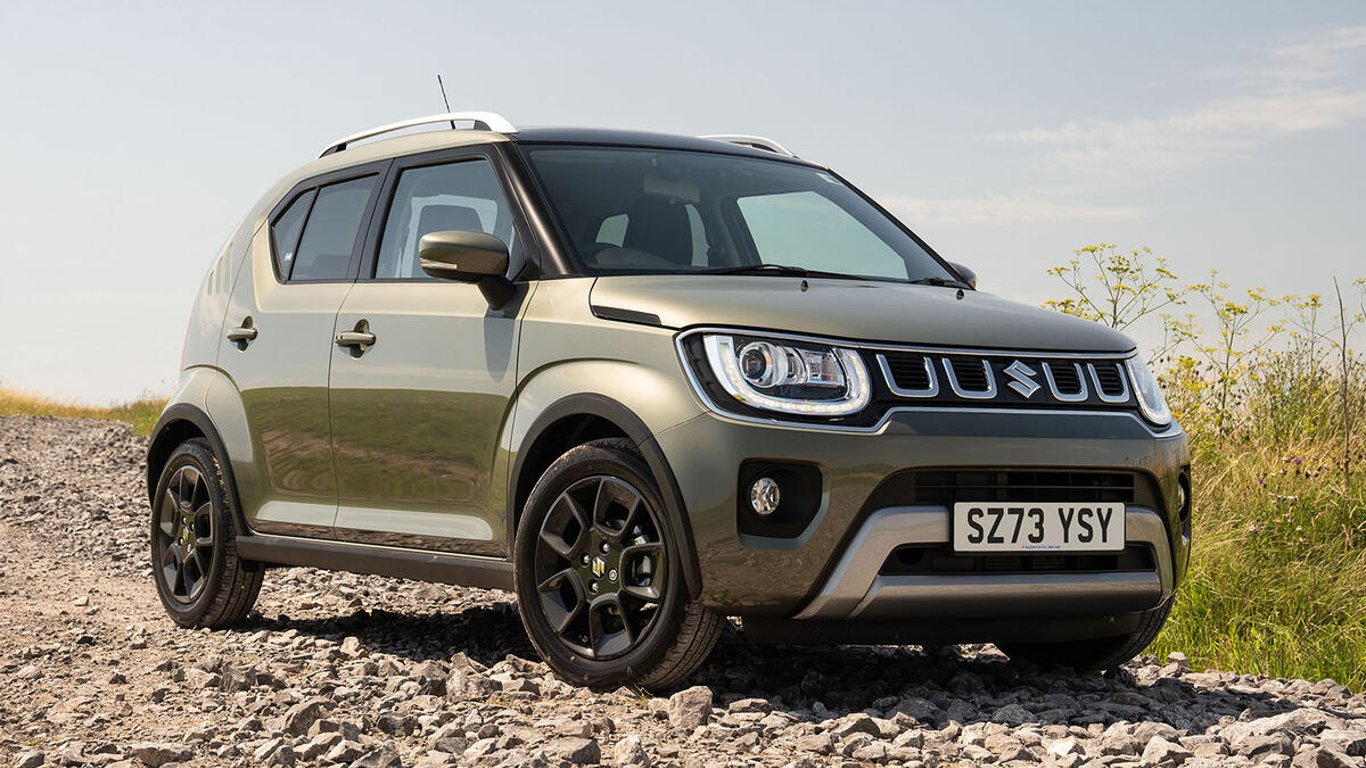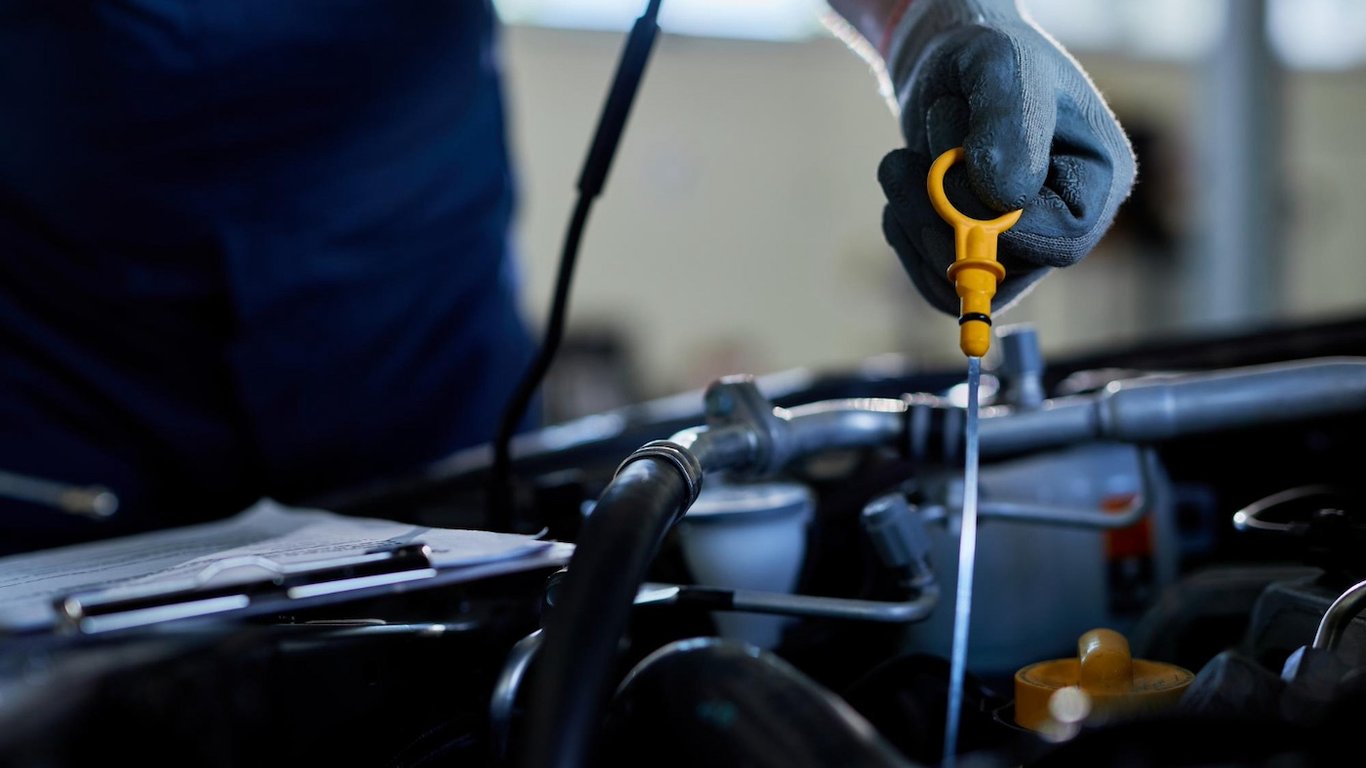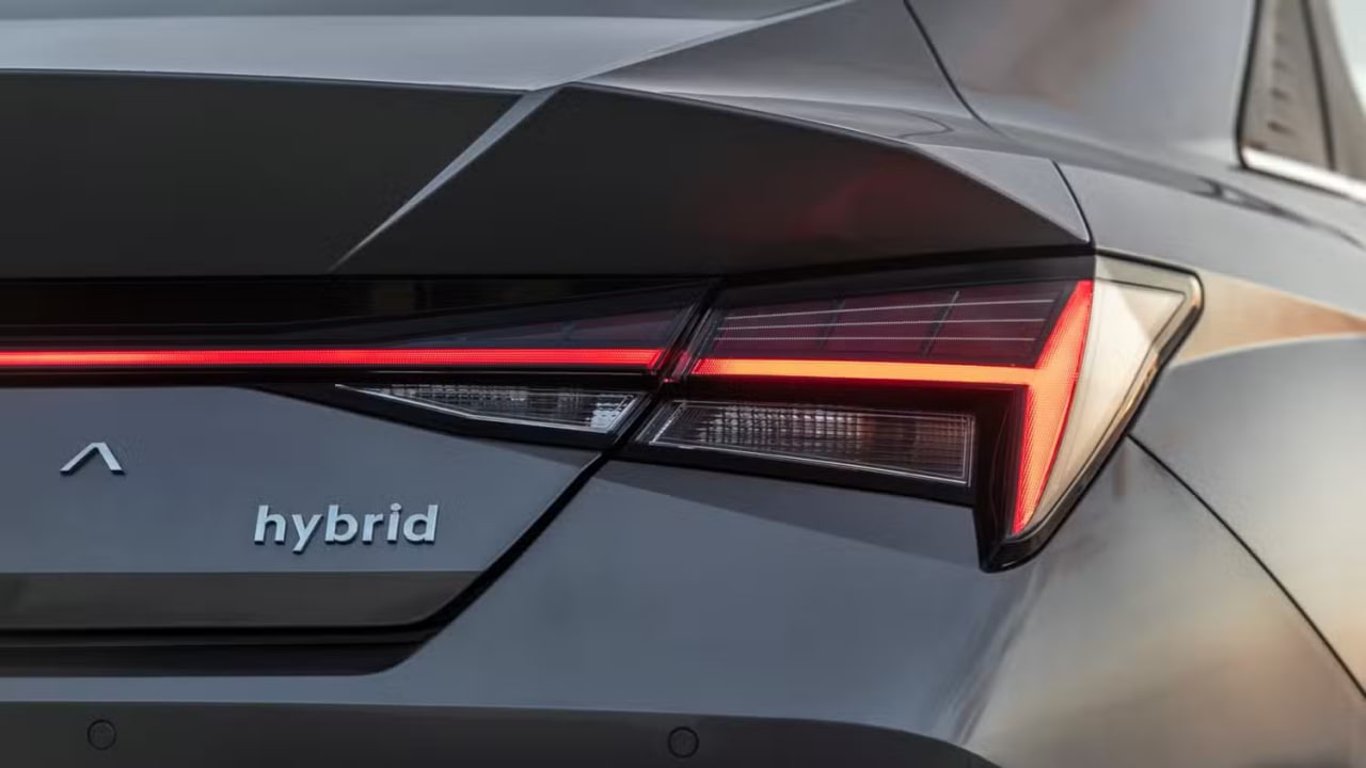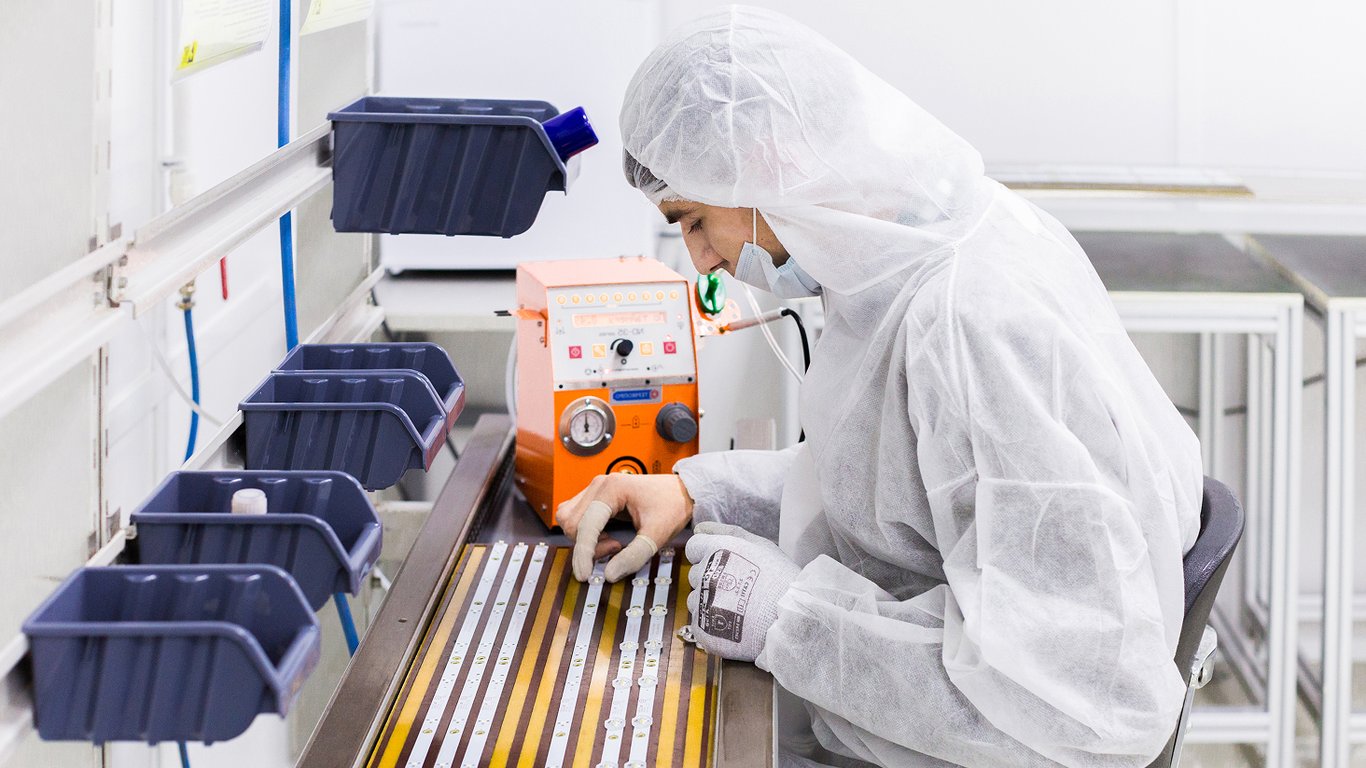Why drivers feel nauseous in electric cars and what to do about it.
08.07.2025
2023

Journalist
Shostal Oleksandr
08.07.2025
2023
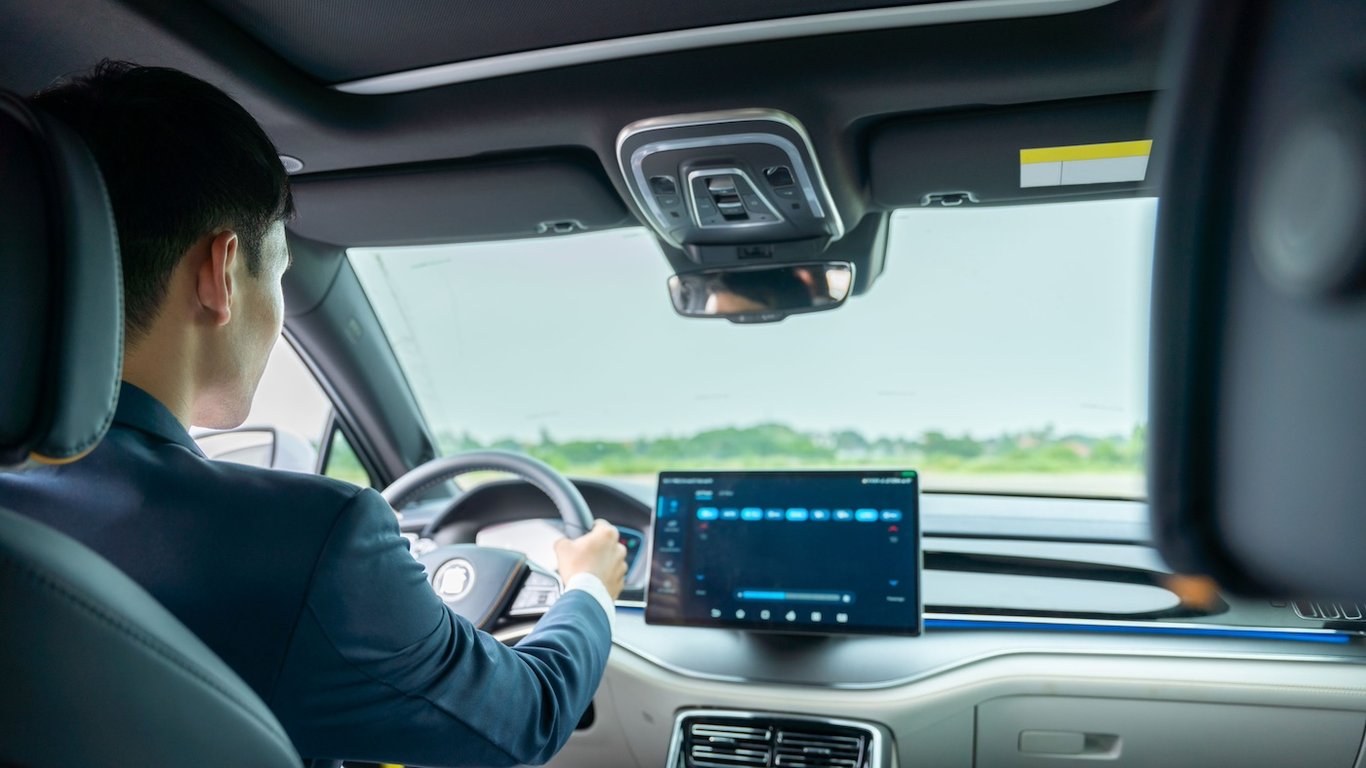
According to information from , drivers who usually do not feel nauseous during trips in internal combustion engine vehicles can experience motion sickness while driving an electric car.
Scientists from Nagoya University in Japan believe that the problem lies in regenerative braking, which creates low-frequency vibrations and irregular delays. The brain cannot process them correctly, leading to feelings of nausea.
How to help the driver
Scientists recommend producing a sound at a frequency of 100 Hz for one minute to reduce nausea during electric car trips. This sound stimulates the organs responsible for detecting acceleration and gravitational forces. The effect becomes noticeable over a long period and improves the driver's balance.
Currently, scientists are collaborating with Denso to integrate this method into modern infotainment systems of electric vehicles.
Some drivers may experience nausea when driving an electric vehicle due to low-frequency vibrations created by regenerative braking. Japanese scientists have proposed a method involving sound reproduction to alleviate this unpleasant sensation and improve the driver’s balance.Read also
- British experts identified the three most reliable cars
- Is Oil for High Mileage Cars Suitable for New Engines?
- Dead pixels on the display — how to find and fix the defect
- Mechanic named the main problems of used cars
- Six Reasons Not to Buy a Hybrid Car in 2025
- Breakthrough in Safety — The Strange Battery Created by Chinese Scientists
